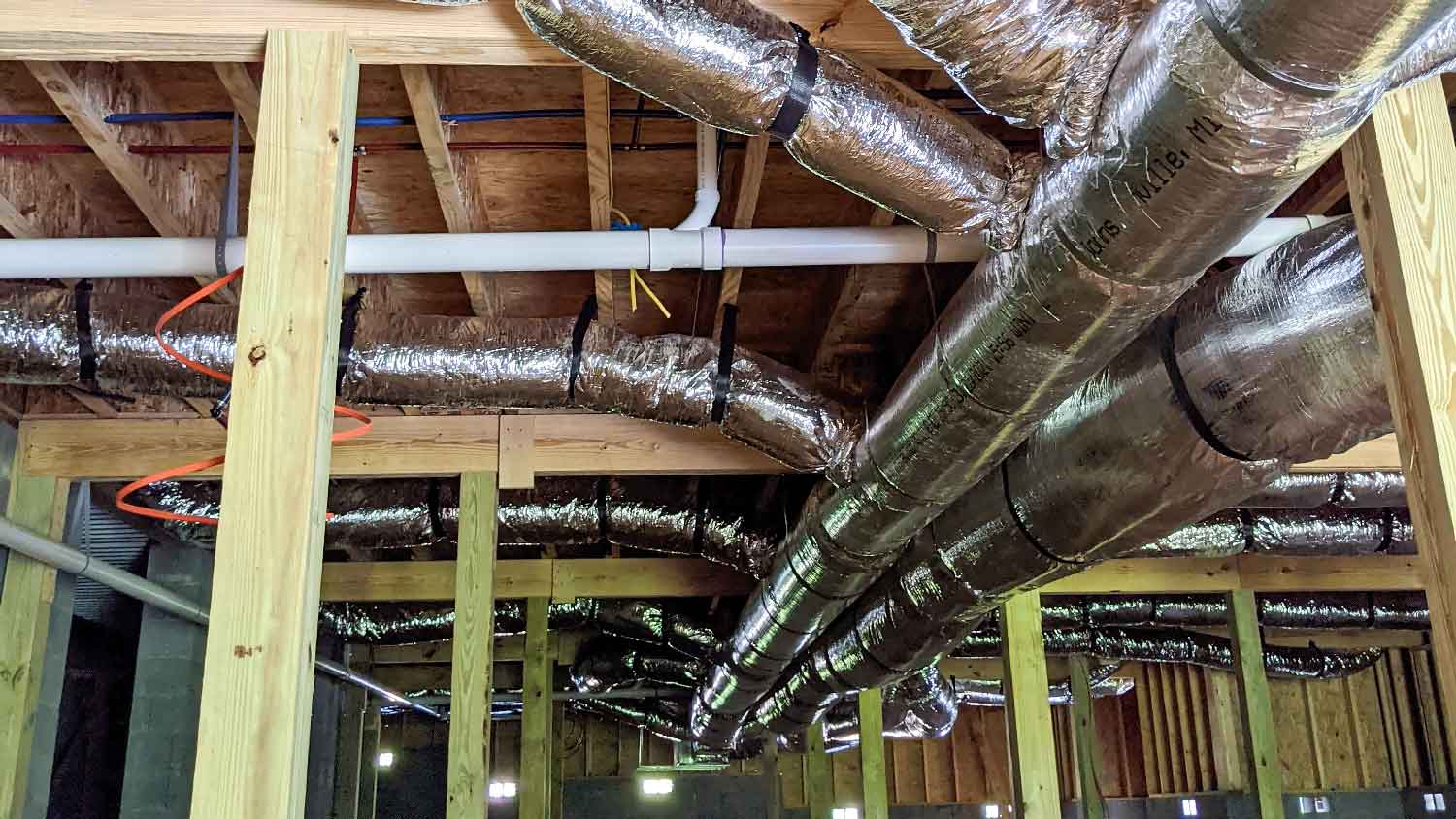
Explore factors influencing oil furnace replacement cost, additional expenses, and savings tips. Make an informed decision for a cozy home.
Give your baseboard heaters a hot new look while keeping rust out in the cold


Painting a baseboard heater is indeed possible—it is an effective way to refresh a room's appearance and protect the metal cover from rust. This DIY process involves surface preparation and using the right materials, so consider hiring a local baseboard or paint specialist for help. With attention to detail, the result is a baseboard heater that’s both durable and visually appealing.
Yes, you can safely paint a baseboard heater, as long as you follow a few safety precautions. Check off these prep steps before getting out your paintbrushes.
Turn off the heater: Ensure the baseboard heating system is completely off and cool before painting. Open windows for proper ventilation.
Clean the cover: Wipe off the baseboard heater cover to remove dirt and debris.
Don protective gear: You should wear protective eyewear and make sure to wear a dust mask for protection against paint fumes and sanding dust.
Now that the safety steps are complete, move onto the final preparations. Prepare the area by using drop cloths and painter’s tape to cover the surrounding areas to prevent a mess.
Depending on the model, baseboard heaters have covers that you can easily pop off. Consult your product’s instruction manual and look for a panel that opens and lifts. If you’re still unsure, look for the heater’s name and model number and search online for instructions on how to remove the cover. If you don’t remove the covers, tape off the walls nearest to the baseboard heater so that they are protected.
Painting baseboard heaters involves a few key steps to ensure a smooth and lasting finish. Use the following tips to paint your heaters effectively.

Clean the covers with lukewarm, soapy water and a damp rag and remove any residue with the microfiber cloth. Allow the heater to dry fully. Once the covers are clean and dry, you’ll need to sand rusted or peeling paint for a smooth surface. Afterward, vacuum up any dust or debris and, with a damp rag or a microfiber cloth. wipe the baseboard heater down and let it dry.

If you have metal baseboard heater covers, you should use a primer before you paint to lengthen its lifespan. If your covers aren’t rusted, use a regular metal primer. However, if your baseboard heaters have rust, make sure the primer you use is rust-specific primer. With a small brush or roller, apply an even coat of primer and allow it to dry.
Most regular paints can withstand up to 300 degrees, so you do not need to purchase a heat-tolerant paint. The best choices are latex paint (water based), which is easy to clean and fast drying, and enamel paint, which is oil-based. Using a roller or paint brush, apply the paint. You can also use a paint sprayer to save time.

After waiting for the first coat to dry, apply an even second coat of paint. Make sure it’s completely dry before putting the heater covers back on and turning on the heat. Once your heaters are repainted, the new paint will last as long as the original paint. To maintain the appearance of your baseboard covers, repaint them every two to three years.
While painting your baseboard heaters is a doable DIY project, you can ensure high-quality and long-lasting results by hiring a professional to tackle the job. Consult a local baseboard specialist who has experience with painting these heating systems. Before they start painting, you can request an inspection of the heaters to ensure everything is in working order.
From average costs to expert advice, get all the answers you need to get your job done.

Explore factors influencing oil furnace replacement cost, additional expenses, and savings tips. Make an informed decision for a cozy home.

If you’re having problems with your air conditioner’s condenser, it may be time for an upgrade. Learn about the cost to replace an AC condenser in this guide.

Discover the cost to install ductwork. Learn about average prices, cost factors, and tips to save money on your ductwork installation project.

A whole-house humidifier costs between $400 and $800, but can have an ROI of 40%. Learn if adding this HVAC appliance is worth it for you.

Are you considering adding a whole-house humidifier to your home? Keep reading to learn the pros and cons of a whole-house humidifier.

Discover the benefits of a DIY outdoor wood furnace forced-air system. Cut costs, reduce fire risk, and embrace renewable heat for your home.